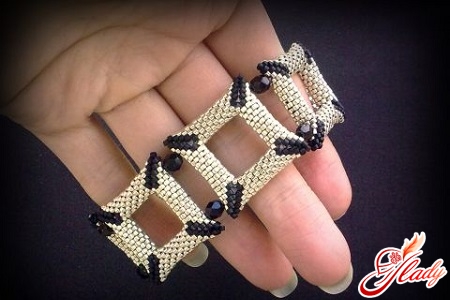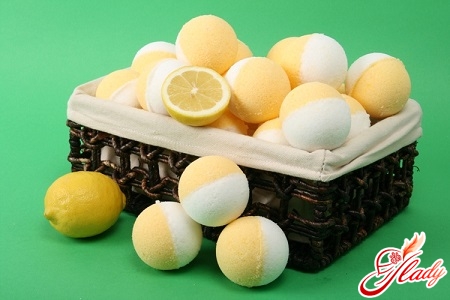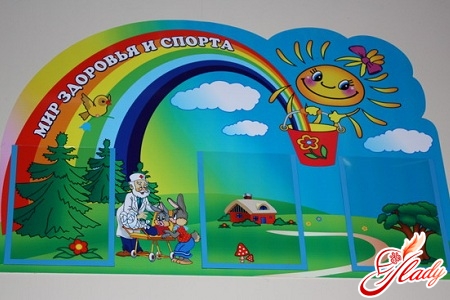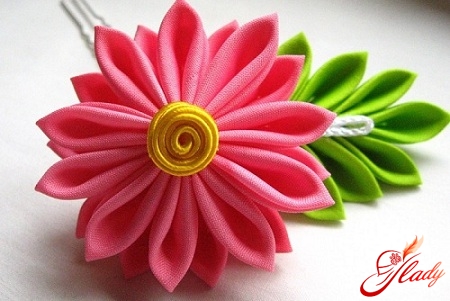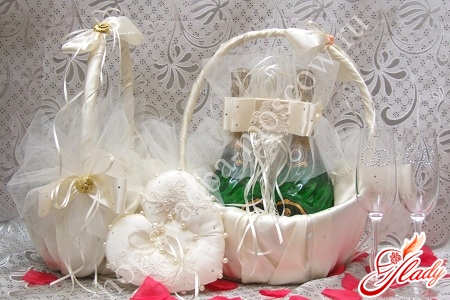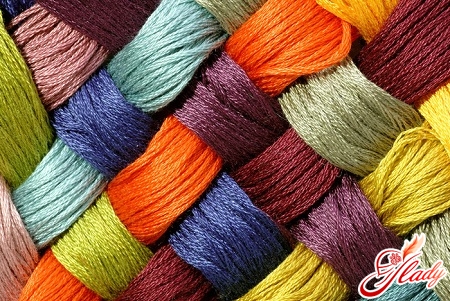 Actually, there is no special wisdom inknitting mittens no. If you can hold knitting needles in your hands, know what a front, back and air loop are, then knitting mittens is quite within your power. Knitting mittens with knitting needles for beginner needlewomen is the most suitable experience. And if you are already quite an experienced craftswoman, then you can knit not just warm mittens, but a very fashionable and exclusive winter accessory. You can knit mittens with a crochet hook. You can use two knitting needles: transverse knitting, from two halves or with one seam. Or you can knit in the round on five knitting needles. Knitting mittens on five knitting needles is called granny knitting. Mittens, gloves, socks and footsies have been knitted in this way for a long time. Let's take a closer look at this method. How to knit mittens on five knitting needles?
Actually, there is no special wisdom inknitting mittens no. If you can hold knitting needles in your hands, know what a front, back and air loop are, then knitting mittens is quite within your power. Knitting mittens with knitting needles for beginner needlewomen is the most suitable experience. And if you are already quite an experienced craftswoman, then you can knit not just warm mittens, but a very fashionable and exclusive winter accessory. You can knit mittens with a crochet hook. You can use two knitting needles: transverse knitting, from two halves or with one seam. Or you can knit in the round on five knitting needles. Knitting mittens on five knitting needles is called granny knitting. Mittens, gloves, socks and footsies have been knitted in this way for a long time. Let's take a closer look at this method. How to knit mittens on five knitting needles?
Features of circular knitting mittens
Circular knitting on five needles is also calledtubular. The mitten is knitted in a circle and has no seams. All the loops for the future mitten are evenly distributed on four knitting needles. The fifth knitting needle remains free of loops. It replaces all the other knitting needles in turn. In circular knitting, there are no edge loops, and all the front loops must be knitted for the upper lobes (the thread is behind the work). Knitting is done only on the front side of the product. One row is considered to be loops knitted on four knitting needles. For convenience, the knitting needles should be numbered (mentally). The upper part of the mitten is knitted on the first and second knitting needles, and the palm is knitted on the third and fourth. When knitting patterns on five knitting needles, the following rules are observed:
- To save the pattern in a circular knitting pattern, the back rows (according to the pattern drawing) are knit "on the contrary". That is, the facial loops are bypassed, and purl loops by the front.
- In pattern schemes where even rows are tied "how to look at loops" use only the recording of odd rows, repeating each odd number twice.
- If the pattern is displaced on both sides of the knitting (as in rice knitting), all the odd rows are knitted according to the pattern for the two spokes.
Where to begin?
First, choose your yarn.Mittens can be knitted from wool, mohair, down yarn (at your discretion). They can be made in one color, multi-colored or melange. Decide when you start knitting mittens with knitting needles: are drawings or a relief pattern more suitable for your mittens? They can be with a jacquard pattern or with an ornament, striped or openwork, with braids, bobbles or fringe. Cuffs on mittens are usually knitted with an elastic band. For one mitten, you will need from 40 to 150 g of yarn, depending on the size and pattern. Knitting should begin with calculating the number of loops. Knit a sample (approximately 14 loops in width and ten rows in height), stretch it slightly and measure the knitting density. It is better to knit a sample for both the elastic band and the main pattern. Measure the circumference of the wrist, the width and height of the palm. And after that, cast on the number of stitches you need (necessarily a multiple of four!) and start the process itself. Knitting the mitten begins with the cuff (it is knitted with a 1 by 1 or 2 by 2 elastic band).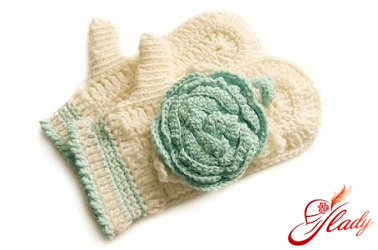
We knit the mitten from the cuff to the thumb
Divide the stitches cast on onto two knitting needles intofour equal parts. Knit each part on a separate knitting needle. After knitting all the loops, close the circle. To do this, knit the end of the thread from the set of loops with the thread from the ball. You will get a square of four knitting needles with the first row knitted. The knitting needle from which you remove loops during knitting becomes the working (free) one. Continue knitting in a circle (in one direction), alternately changing knitting needles. After you knit the cuff (about 7 cm), move on to the main part of the mitten. Knit the distance from the cuff to the beginning of the thumb with the main pattern. If the pattern makes the main fabric narrower than the cuff (look at the sample), then add one loop on each knitting needle (two from one loop). Having knitted the mitten to the base of the thumb, leave an opening for it. For the right hand - on the third knitting needle, for the left - on the fourth.
We fix holes for the thumb
How to make thumb holes ona mitten? There are two ways to do this. In the first case, the hole remains open (this makes it easier to try on the mitten), in the second - closed. The first way. On the knitting needle where there will be room for the finger, knit the first loop. Remove all the other loops except the last one to a safety pin. After that, on the working (right) knitting needle, cast on the same number of air loops as on the pin. Knit the last loop. The second way. Knit the first loop with a thread from the ball. Next, knit all the loops with face loops with another thread (preferably a different color). Put them back on the third knitting needle and knit again with the main thread. As a result, you will get a solid fabric with a colored stroke. Next, knit the mitten with the main pattern until you start decreasing the loops on the toe (the top of the mitten).
We knit a mitten of mittens
At its top, the mitten tapers to a cone.In order for the mitten to sit evenly and beautifully on the hand, it is necessary to knit the toe. To do this, at the end of knitting, you need to decrease the loops. Depending on the method of decreasing the loops, the top of the mitten can be rounded or pointed. Rounded decrease is only suitable for mittens of stocking knitting, as it disrupts the pattern. But you can also knit the mitten with a pattern, and before decreasing the loops, switch to stocking knitting. To decrease the loops in a spiral on each knitting needle, knit the first two loops together with the front one for the lower lobes. Decrease the loops in each row until there are only two loops left on the knitting needles (eight in total). After this, tear off the thread of the ball and thread it onto the needle. Pick up all eight loops with the needle, pull them together and fasten them on the inside of the mitten. For a rounded decrease, do the same thing, only not with the first loops, but with the middle ones. To get a beautiful pointed toe, decrease the loops as follows. Knit the first two loops of each knitting needle together. On the first and third knitting needles, with the loops tilted to the left (loops behind the back wall), on the second and fourth, with the loops tilted to the right (behind the front wall). After the toe is knitted, the mitten is almost ready. All that remains is to knit the thumb.
We knit a thumb
The thumb of the mitten is knitted on three knitting needles,therefore, the number of loops for it should be divisible by three. If you removed the loops for the thumb on a pin, then you need to knit it in the following way. Remove the loops from the pin onto a knitting needle, and cast on new loops of the top row. Add two loops from the side drawstrings. Knit in a circle to the nail of the thumb. Then begin to decrease the loops in a rounded way or in a spiral. After only six loops remain on the knitting needles, gather them on a thread (as in the case of the toe) and fasten on the wrong side. With the second method, carefully pull out the colored thread. To prevent the loops from running away, lightly steam the mitten through the fabric. Gather all the open loops on the knitting needles. If the opening is too wide, decrease one loop on each knitting needle. If narrow, add two loops from the side drawstrings. Then knit exactly as in the first case. If knitting mittens on five needles seems difficult to you, then they can be knitted with two needles. For example, mittens from two halves.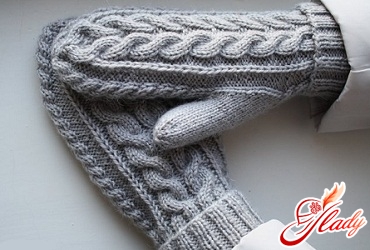
We knit mittens on two spokes
For such mittens, they are knitted separatelythe top and bottom, which are then sewn or crocheted together. Starting to knit the back of the mitten, cast on a number of loops on the knitting needles according to the width of the palm with a small reserve. Knit with the chosen pattern (or without a pattern) to the end of the little finger. Then begin to decrease the loops on both sides, knitting two loops together. This will give you a mitten with a triangular toe. For a rounded toe, gradually decrease the loops, leaving only a third of their original number open. Remove the remaining loops on a safety pin. The first half is ready. Start knitting the lower half of the mitten (palm). It is a little more difficult to knit - here the thumb is knitted. Start knitting the palm in the same way as the upper half of the mitten. Having knitted to the beginning of the thumb, divide the loops into four parts. Remove three parts of the loops to a pin, put the rest on a knitting needle so that the thread from the ball is on the sharp side of the knitting needle. On the second knitting needle, cast on the same number of new (air) loops with an additional thread (preferably a different color). After that, knit new loops with a thread from the ball (it is on the first knitting needle). Continuing knitting, you will get a rectangular protrusion. This is the unfolded thumb of the mitten. Having knitted it to the desired length, gather the open loops on a pin (or another thread), and break the thread from the ball. After that, carefully remove the additional thread from knitting, which you left at the base of the thumb. Put the open loops and the loops removed before knitting the thumb on a knitting needle. Continue knitting the palm with a thread from the ball, as well as the upper half of the mitten. Having finished knitting, sew the thumb fabric with a knitted seam, and pull the upper open loops together with a thread and secure them from the inside. Then sew both halves of the mitten together. That's it. So, without thinking twice, choose the yarn, pattern and model of your future mittens. Take your knitting needles and learn the mitten's wisdom in practice. We recommend reading:




